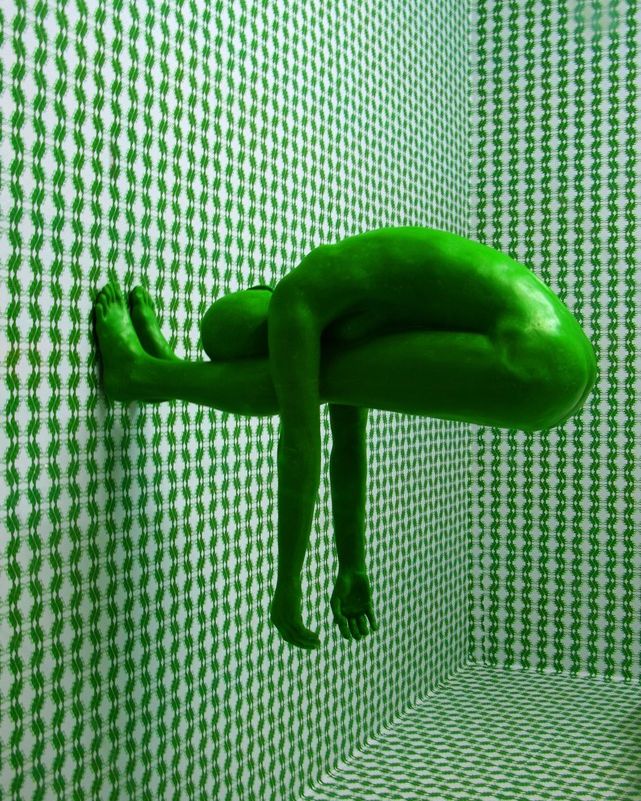What color do you see in music? A study from Berkeley University found that music-color relation is mediated by emotions. Using a 37-color palette, the UC Berkeley study found that people tend to pair faster-paced music in a major key with lighter, more vivid, yellow colors, whereas slower-paced music in a minor key is more likely to be teamed up with darker, grayer, bluer colors. Music, like color, is not easily categorized. Broad musical classifications including: Jazz, Blues, Rap, Classical, Heavy Metal, Celtic, Pop, Rock, Country, Easy Listening, Muzak, and so forth – provide only a simple description for a vast variety of expressionistic styles.
Musical styles can also be associated with color, texture, and flavour. Think of the Blues, purple Jazz, white noise, and other descriptive attributes such as: dark, light, gray, raspy, sweet, sour, sharp, harmonious and disharmonious.
Music can also be described in terms of melody, harmony, and rhythm, with different musical compositions placing different emphasis on each of the three musical elements. Coincidentally, color too can be described in terms of elements, or primaries, where the three primaries cyan, magenta, and yellow, mixed in combination with white define a visible color space.
#getontop #sonomusicgroup #musiccolors #green



